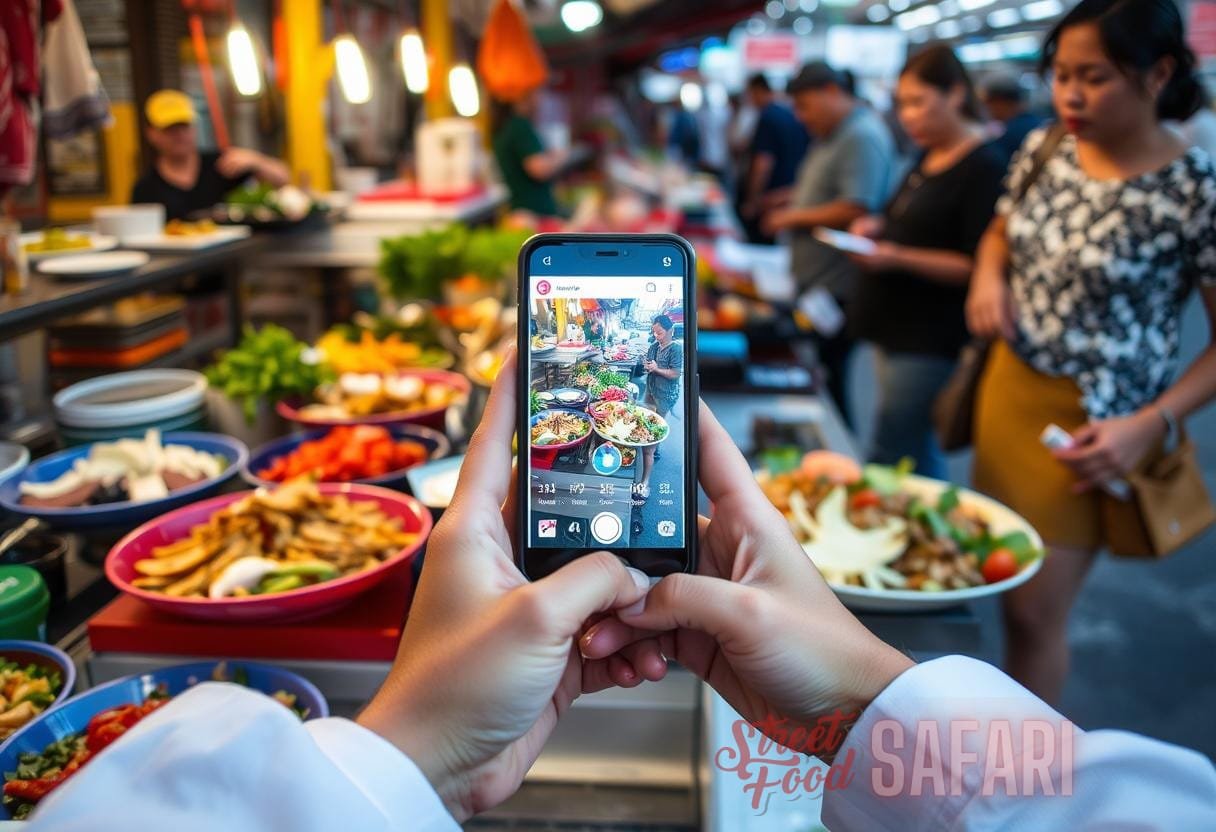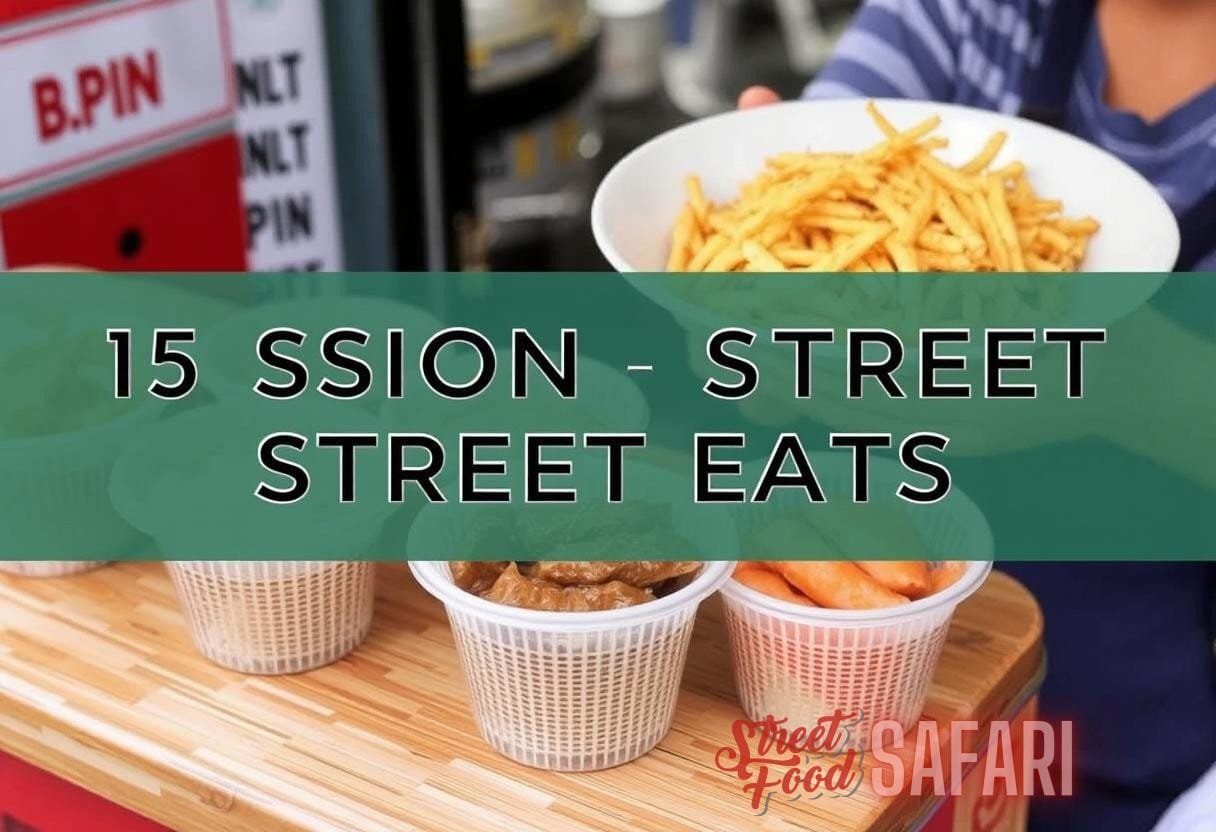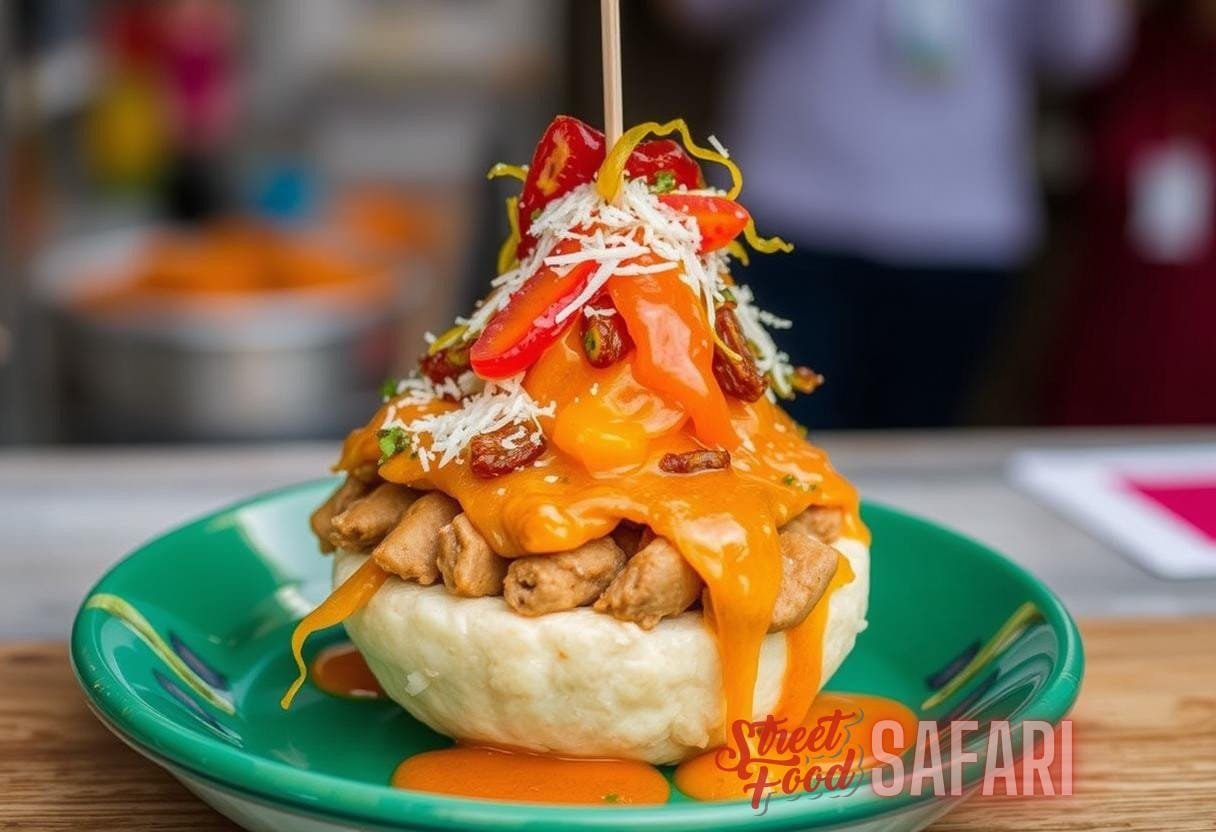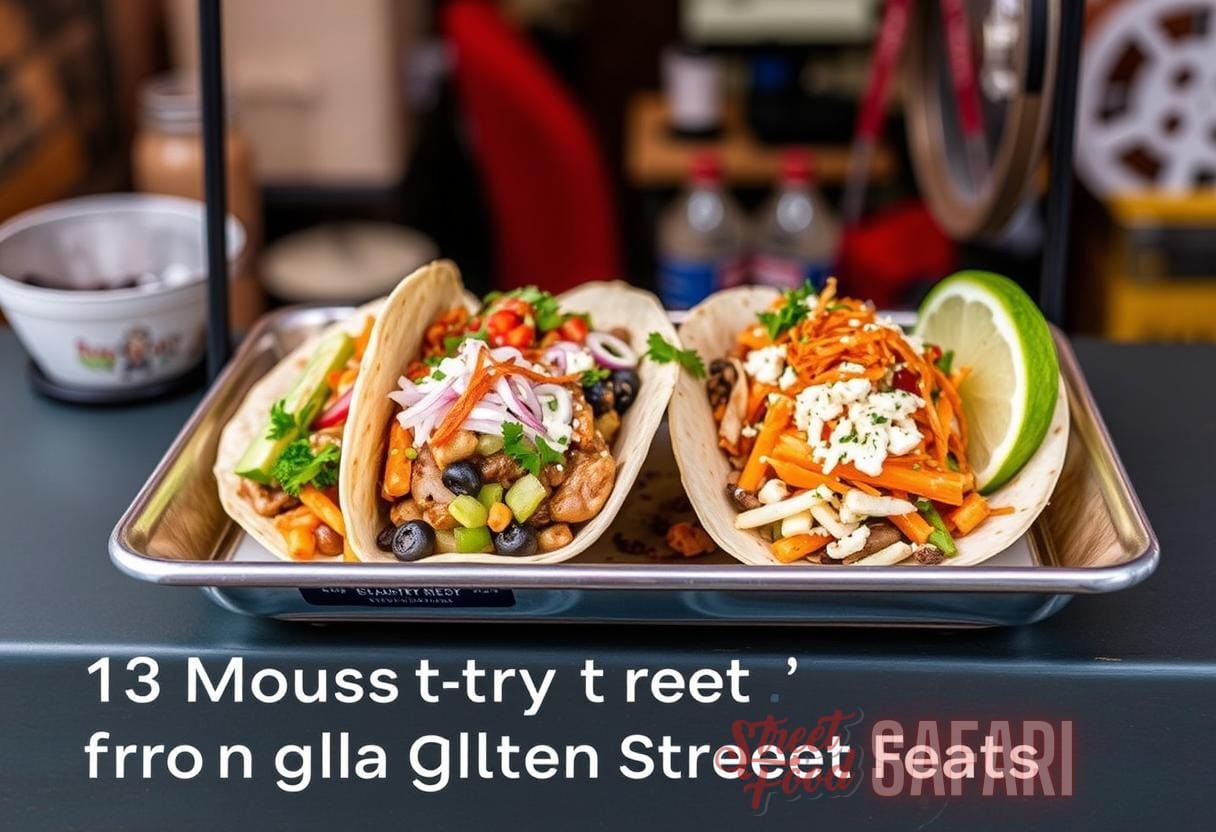Culinary Crossroads: Investigating the Fusion of Tradition and Innovation in Urban Street Food
Urban street food has emerged as a vibrant culinary landscape that reflects the rich tapestry of cultural heritage and contemporary innovations. Fusion street eats represent the pinnacle of this phenomenon, where traditional recipes and flavors yield fascinating blends. This testament to creativity is seen in bustling markets, food festivals, and bustling city streets worldwide. By exploring the interplay between tradition and innovation, we unearth the essence of urban street food.
The Rise of Fusion Street Eats
In recent years, the popularity of fusion street eats has skyrocketed, largely fueled by globalization and migration. Street food tailors itself to diverse audiences by combining various culinary traditions. According to a report by the National Street Food Association, street food contributes approximately $2 billion annually to the U.S. economy alone, showcasing the significance of this culinary offering.
- Cultural Influences: The influx of immigrants has brought unique flavors and dishes to urban settings.
- Social Media Impact: Platforms like Instagram and TikTok have turned street food vendors into culinary influencers.
- Innovation Hubs: Cities like New York, Los Angeles, and London function as melting pots of global cuisine.
The Essence of Fusion
At its core, fusion cuisine aims to create novel dishes that celebrate a blend of culinary traditions. Key elements include:
- Ingredients: Utilization of ingredients from multiple cultural backgrounds.
- Techniques: Combining cooking methods from different cuisines.
- Presentation: New ways of plating that reflect cultural nuances.
For instance, a popular example of fusion street eats is the Thai-Mexican burrito, packed with Thai basil, spicy peanut sauce, and Mexican rice. This dish encapsulates the excitement of creativity through culinary experimentation.
Exploring Popular Fusion Street Eats
The world of fusion street eats offers a treasure trove of innovative dishes that vary by region. Here are some highlights from across different cities:
1. Korean Tacos
Originating in food trucks in Los Angeles, Korean tacos combine traditional Korean flavors with Mexican cuisine. These delectable treats feature marinated bulgogi beef, kimchi salsa, and spicy mayo, all wrapped in a soft corn tortilla. The combination pays homage to both culinary traditions while appealing to a diverse audience.
2. Sushi Burritos
This delightful creation combines the quick, portable convenience of a burrito with the fresh ingredients of sushi. Often filled with tuna, avocado, cucumber, and spicy mayo, sushi burritos are customizable, catering to a variety of taste preferences. The popularity of this item can partly be attributed to its visual appeal showcased on social media platforms.

3. Ramen Burgers
The ramen burger revolution began in New York, marrying the beloved Japanese noodle soup with a classic American burger. Here, the bun is replaced with fried ramen noodles before being topped with beef patties, scallions, and a soy-based sauce, creating an irresistible umami flavor profile.
Case Studies of Fusion Street Food Success
Let’s delve deeper into specific examples of successful fusion street eats vendors who have carved out their niches:
Case Study 1: Kogi BBQ
Founded by Chef Roy Choi, Kogi BBQ is known for its Korean BBQ tacos that took Los Angeles by storm. Utilizing social media, the food truck gained a substantial following and pioneered the food truck movement across America. Choi’s commitment to high-quality ingredients and culinary integrity plays a crucial role in Kogi BBQ’s lasting impact on the street food scene.
Case Study 2: Baohaus
Established by Chef Eddie Huang, Baohaus in New York City serves Taiwanese-style gua bao (braised pork buns) that blend traditional flavors with modern interpretations. The menu reflects Huang’s culinary journey, combining influences from Taiwanese culture and his own experiences. Baohaus transcended its humble beginnings as a street food stall, gaining recognition as a culinary destination.
The Role of Sustainability in Fusion Street Eats
As urban street food continues to evolve, sustainability becomes crucial in the conversation surrounding fusion street eats. Vendors are increasingly aware of their environmental impact, adopting practices such as:
- Locally Sourced Ingredients: Prioritizing local produce reduces carbon footprint.
- Eco-Friendly Packaging: Utilizing biodegradable packaging helps minimize waste.
- Waste Management: Implementing composting and recycling programs supports sustainable business models.
Instances of such sustainable practices can be seen in cities like Portland, Oregon, where many food trucks emphasize farm-to-table ingredients, catering to the eco-conscious consumer.
The Intersection of Technology and Urban Street Food
The rise of technology plays a dual role in shaping the landscape of fusion street eats. Here’s how:
1. Ordering and Delivery Apps
Apps like GrubHub and Uber Eats have seen significant growth in the street food segment, allowing consumers to enjoy fusion street eats from the comfort of their homes. This has enabled street vendors to expand their customer base beyond traditional foot traffic.

2. Social Media Marketing
Social media platforms have empowered street food vendors to showcase their dishes and communicate their stories directly to consumers. Instagram, in particular, allows vendors to share photos of their vibrant meals, drawing in crowds eager to experience the latest trends.
Cultural Reclamation Through Fusion Street Eats
Fusion street eats also can serve as a means of cultural reclamation for many communities. By reinterpreting traditional dishes and combining them with others, vendors showcase their cultural heritage while proudly drawing in a broader audience. This culinary dialogue helps to keep cultural narratives alive and relevant.
- Community Building: Food fosters connections and dialogues among diverse groups.
- Identity Exploration: Chefs often reinterpret family recipes, adding personal stories.
- Preservation of Traditions: Fusion cuisine can help keep traditional cooking methods alive through modern interpretations.
Challenges in the Fusion Street Eats Landscape
Despite the successes of fusion street eats, numerous challenges persist that vendors must navigate. Some of these hurdles include:
- Regulatory Hurdles: Street food regulations can be challenging, leading to complexities in permits and compliance.
- Competition: The rise in popularity of street food has generated significant competition.
- Cultural Appropriation Issues: Vendors must be mindful of the fine line between appreciation and appropriation.
The Future of Fusion Street Eats
As consumers continue seeking unique dining experiences that challenge traditional norms, the future of fusion street eats looks promising. An increasing number of chefs are willing to experiment and push the culinary boundaries, while urban settings worldwide embrace the diversity of influences and flavors.
Trends to Watch
Several trends are shaping the future of fusion street eats:
- Plant-Based Fusion: As dietary preferences shift, plant-based options are increasingly incorporated into fusion dishes.
- Global Flavors: As chefs travel and explore, expect to see more international influences emerging.
- Health-Conscious Ingredients: Consumers look for healthier options, prompting the use of superfoods and ancient grains.
Conclusion
The exploration of fusion street eats reveals a culinary world that thrives on creativity, innovation, and cultural exchange. These unique food combinations not only satisfy diverse palates but also bridge communities and commemorate traditions. As urban street food continually evolves, it adapts, reflects, and celebrates the intersection of cultural heritage and modern culinary ingenuity.



